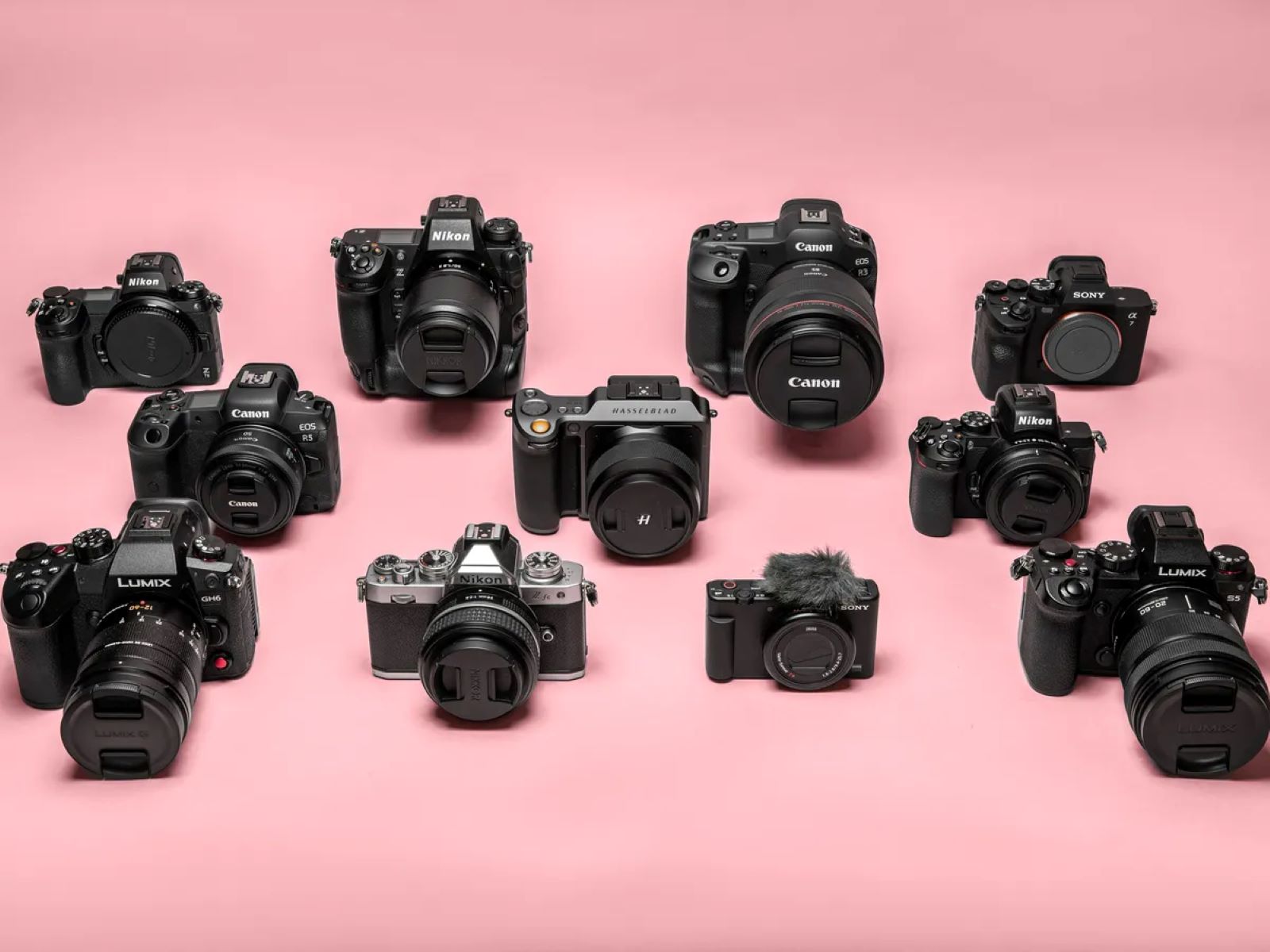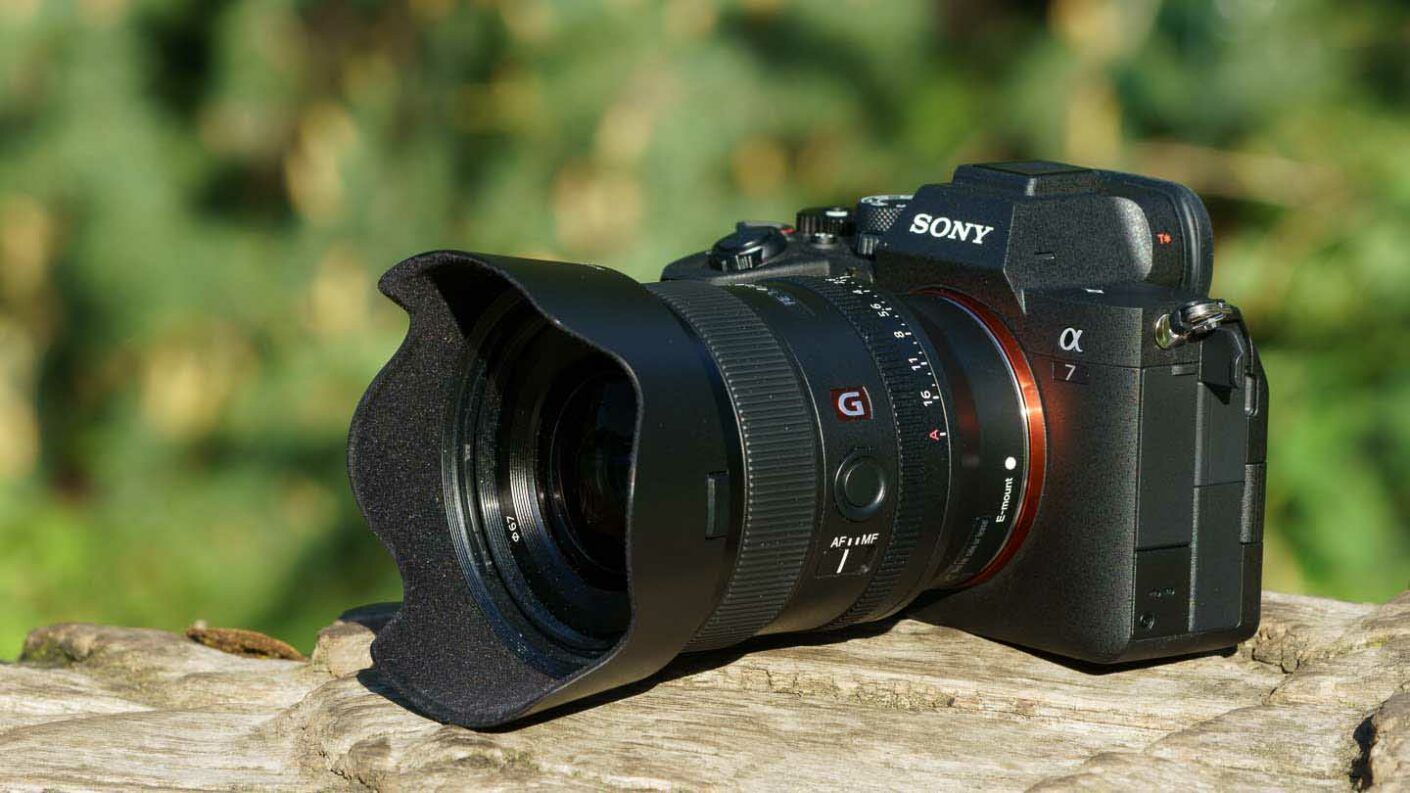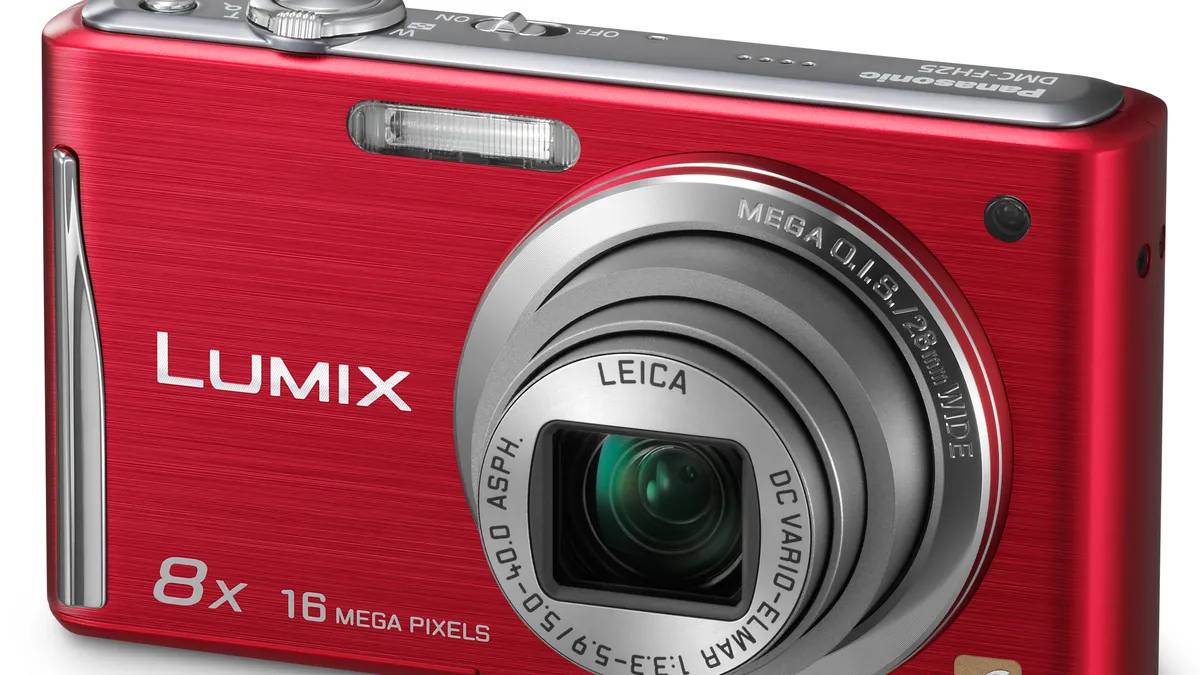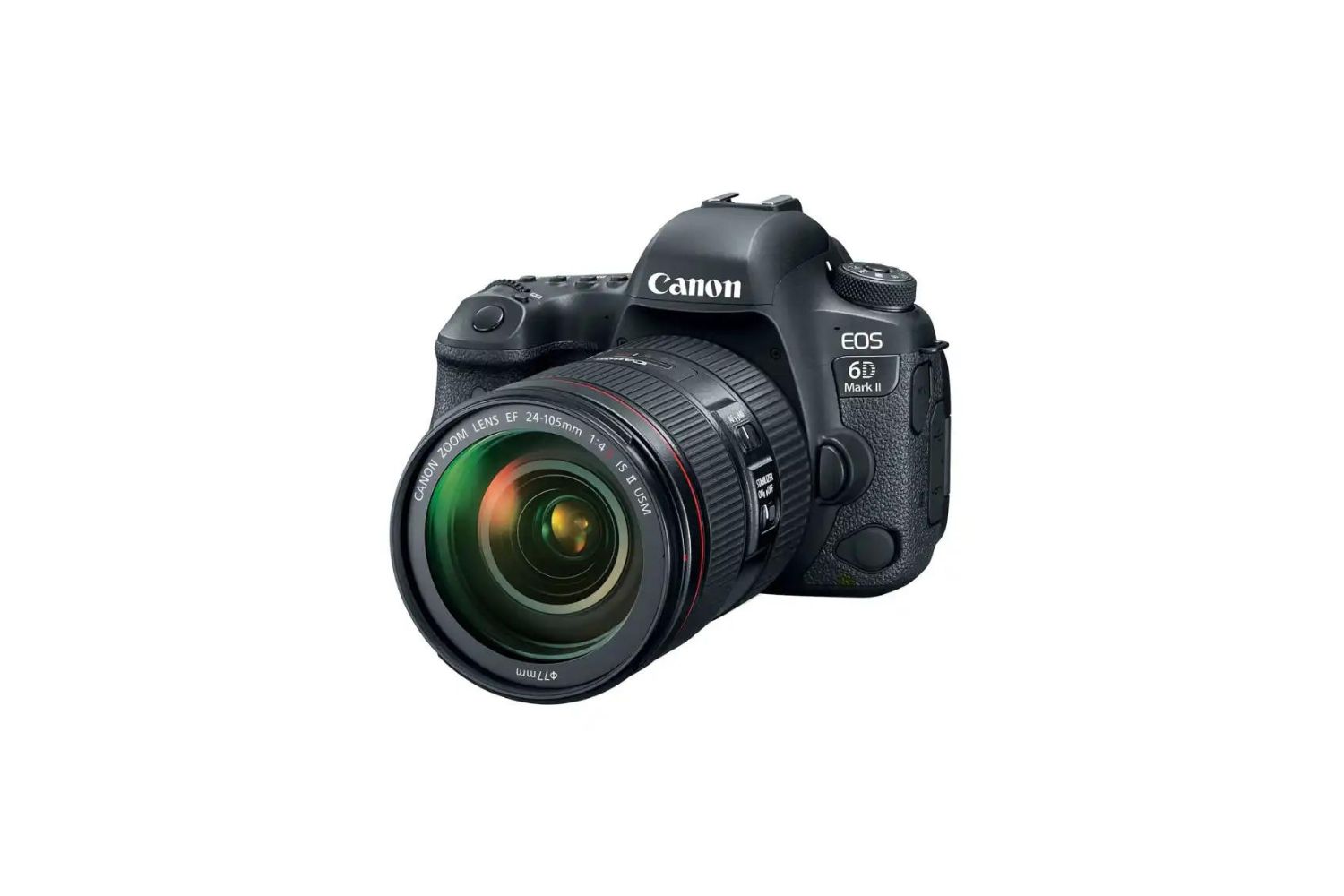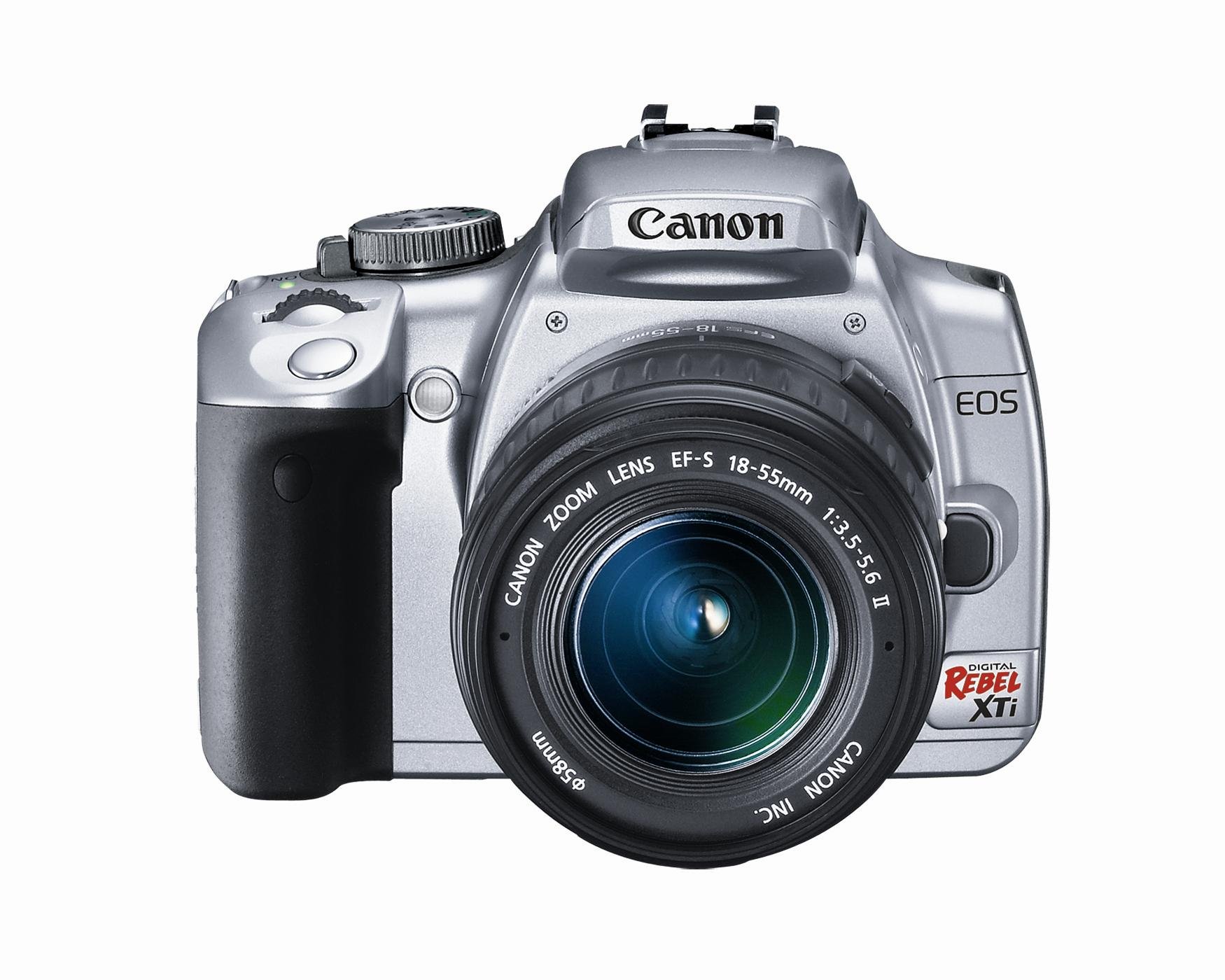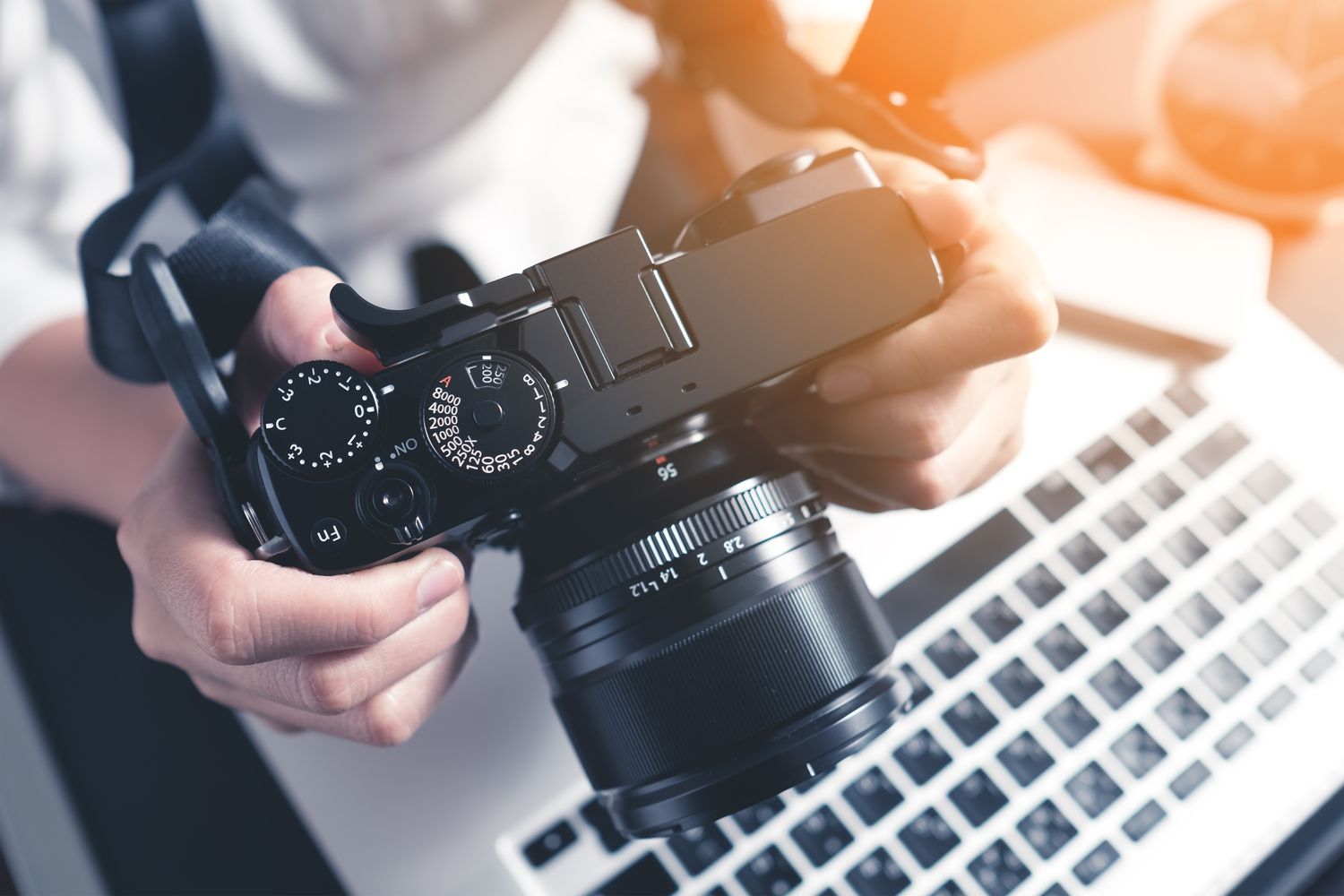Introduction
Welcome to the world of digital single-lens reflex (DSLR) cameras, where every click captures moments in stunning detail and clarity. As photography enthusiasts, we are constantly seeking the best tools to bring our visions to life. One of the key factors we consider when choosing a DSLR camera is its megapixel count. But what exactly are megapixels, and why do they matter?
Megapixels refer to the resolution of an image captured by a camera. In simple terms, the more megapixels a camera has, the more detailed and sharper the images it produces. With a higher megapixel count, photographers can crop and enlarge their photos without sacrificing quality, providing flexibility in post-processing and printing.
As technology continues to advance, DSLR cameras with increasingly higher megapixel counts have become available, offering photographers the opportunity to delve into the minutest details of their subjects. In this article, we will explore the world of DSLR cameras with the most megapixels, delving into the features and capabilities of these high-resolution marvels to help you make an informed decision for your photography endeavors.
Understanding Megapixels
Before delving into the realm of DSLR cameras with impressive megapixel counts, it’s essential to grasp the significance of megapixels in the world of photography. Megapixels are the building blocks of digital images, representing millions of tiny dots that come together to form a complete picture. Each megapixel equates to one million pixels, with a pixel being the smallest unit of a digital image.
When a camera boasts a higher megapixel count, it means that it can capture more detail in an image. This is particularly beneficial when printing large photographs or zooming in on specific areas of an image without sacrificing sharpness. However, it’s important to note that a higher megapixel count does not necessarily guarantee better image quality. Other factors such as sensor size, lens quality, and image processing capabilities also play pivotal roles in determining the overall image quality.
Understanding megapixels involves considering the balance between resolution and file size. Higher megapixel counts result in larger file sizes, which can impact storage space and workflow efficiency. Additionally, the performance of a camera’s sensor in low-light conditions and its ability to capture dynamic range are crucial aspects to consider alongside megapixels.
Photographers often weigh the trade-offs between high megapixel counts and other essential features such as low-light performance, burst shooting speed, and overall camera ergonomics. While megapixels undoubtedly contribute to image detail, it’s imperative to assess how they align with your specific photography needs and shooting style.
DSLR Cameras with the Most Megapixels
Embark on a journey through the realm of high-resolution photography as we explore DSLR cameras that push the boundaries with their impressive megapixel counts. These cutting-edge cameras offer photographers the opportunity to capture intricate details with unparalleled clarity, making them ideal for various genres, including landscape, architectural, and studio photography.
Leading the pack is the Nikon D850, a powerhouse in the world of high-resolution photography. Boasting a remarkable 45.7-megapixel sensor, this DSLR provides photographers with an exceptional level of detail, allowing for large prints and extensive cropping without compromising image quality. The D850’s sensor, combined with its advanced image processing capabilities, delivers stunning dynamic range and low-light performance, making it a versatile tool for photographers seeking uncompromising image quality.
Canon’s EOS 5DS and 5DS R also stand out as formidable contenders in the high-megapixel arena. With an astonishing 50.6-megapixel sensor, these DSLRs cater to photographers who prioritize resolution and fine detail in their images. The absence of an optical low-pass filter in the EOS 5DS R further enhances the camera’s ability to capture intricate details with exceptional clarity, making it a compelling choice for professional photographers and enthusiasts alike.
Sony’s Alpha series has made significant strides in the realm of high-resolution photography with the Alpha a7R IV. Sporting a 61.0-megapixel sensor, this mirrorless marvel redefines the boundaries of image resolution and detail. The a7R IV’s cutting-edge sensor and advanced image processing capabilities enable photographers to capture scenes with unparalleled clarity, making it an ideal companion for those who demand uncompromising image quality in a compact and versatile package.
Leaping into the medium format realm, the Fujifilm GFX 100S offers an astounding 102-megapixel sensor, setting new benchmarks for resolution and detail in the world of DSLR cameras. This medium format marvel combines a high-resolution sensor with Fujifilm’s renowned color science and image processing prowess, delivering images with exceptional sharpness, dynamic range, and tonal depth, making it an irresistible choice for discerning photographers seeking the utmost in image quality.
These DSLR cameras with the most megapixels represent the pinnacle of high-resolution photography, empowering photographers to capture the world with unprecedented detail and clarity. Whether you are a landscape enthusiast, architectural aficionado, or studio professional, these high-megapixel marvels open up a realm of creative possibilities, allowing you to bring your vision to life with unparalleled precision and fidelity.
Conclusion
As we conclude our exploration of DSLR cameras with remarkable megapixel counts, it becomes evident that the pursuit of high-resolution photography continues to redefine the boundaries of image quality and creative expression. The cameras discussed in this article exemplify the relentless innovation and technological prowess driving the evolution of photography, offering photographers the tools to capture the world with unprecedented detail and fidelity.
While megapixels undoubtedly play a pivotal role in image resolution, it is essential to recognize that they are just one piece of the puzzle. A holistic approach to evaluating a camera’s capabilities involves considering factors such as sensor size, image processing capabilities, low-light performance, and overall ergonomics. By striking a balance between megapixel count and other essential features, photographers can make informed decisions that align with their specific creative needs and shooting preferences.
Furthermore, the advent of high-resolution DSLR cameras has not only elevated the quality of still imagery but has also expanded the possibilities for videographers, offering enhanced clarity and detail in the realm of cinematic storytelling. The convergence of high-resolution stills and stunning 4K and 8K video capabilities in these cameras paves the way for a new era of visual storytelling, empowering creators to bring their narratives to life with unparalleled precision and visual impact.
As technology continues to advance, we anticipate further innovations in high-resolution photography, with cameras pushing the boundaries of image quality and creative potential. Whether you are a seasoned professional seeking the utmost in image fidelity or an enthusiast delving into the intricacies of high-resolution photography, the cameras discussed in this article represent a testament to the relentless pursuit of excellence in the world of digital imaging.
In essence, the world of high-resolution DSLR cameras with remarkable megapixel counts beckons photographers to embark on a journey of unparalleled detail and creative exploration. These cutting-edge tools empower photographers to capture the world with uncompromising clarity, opening up a realm of creative possibilities and redefining the standards of image quality in the digital age.








